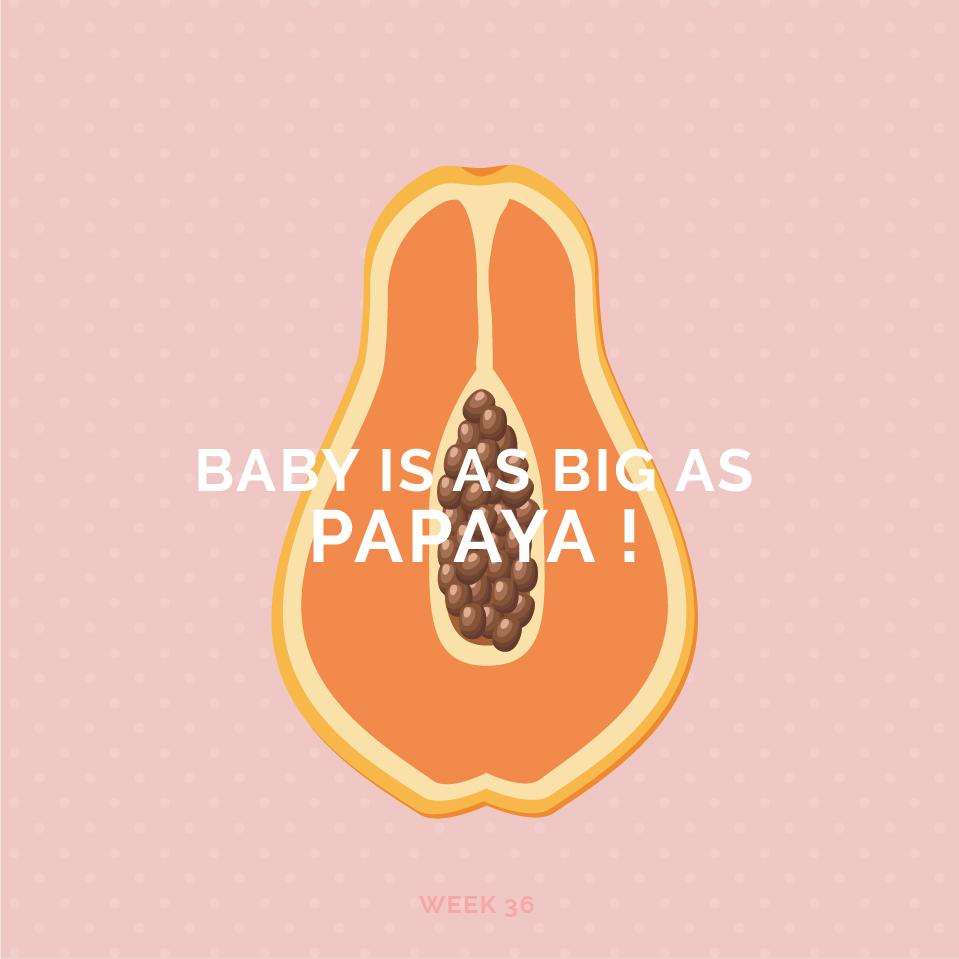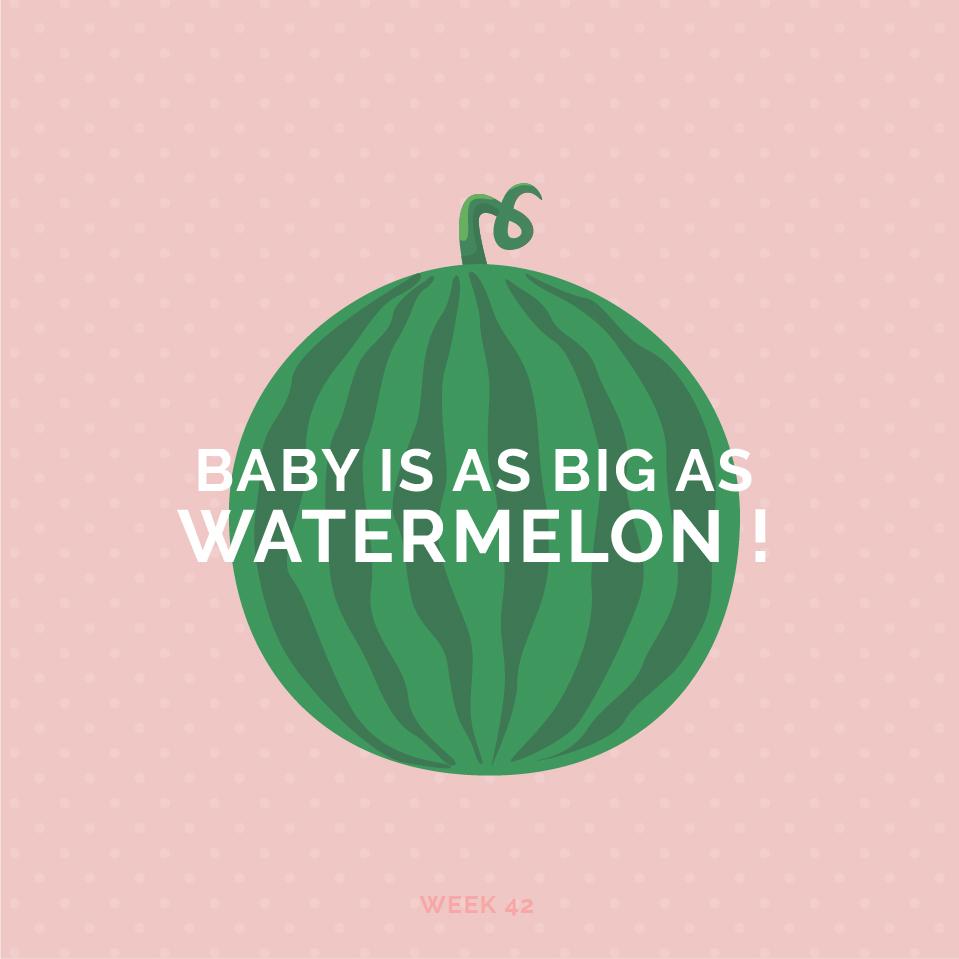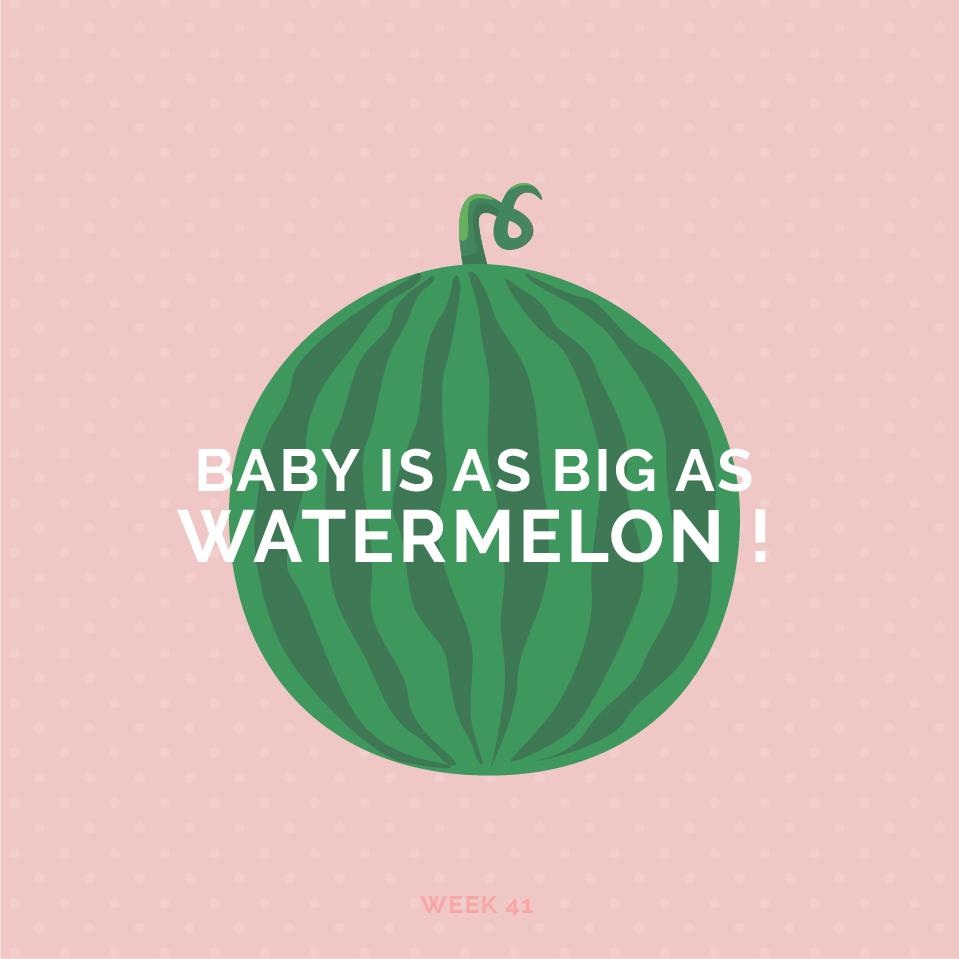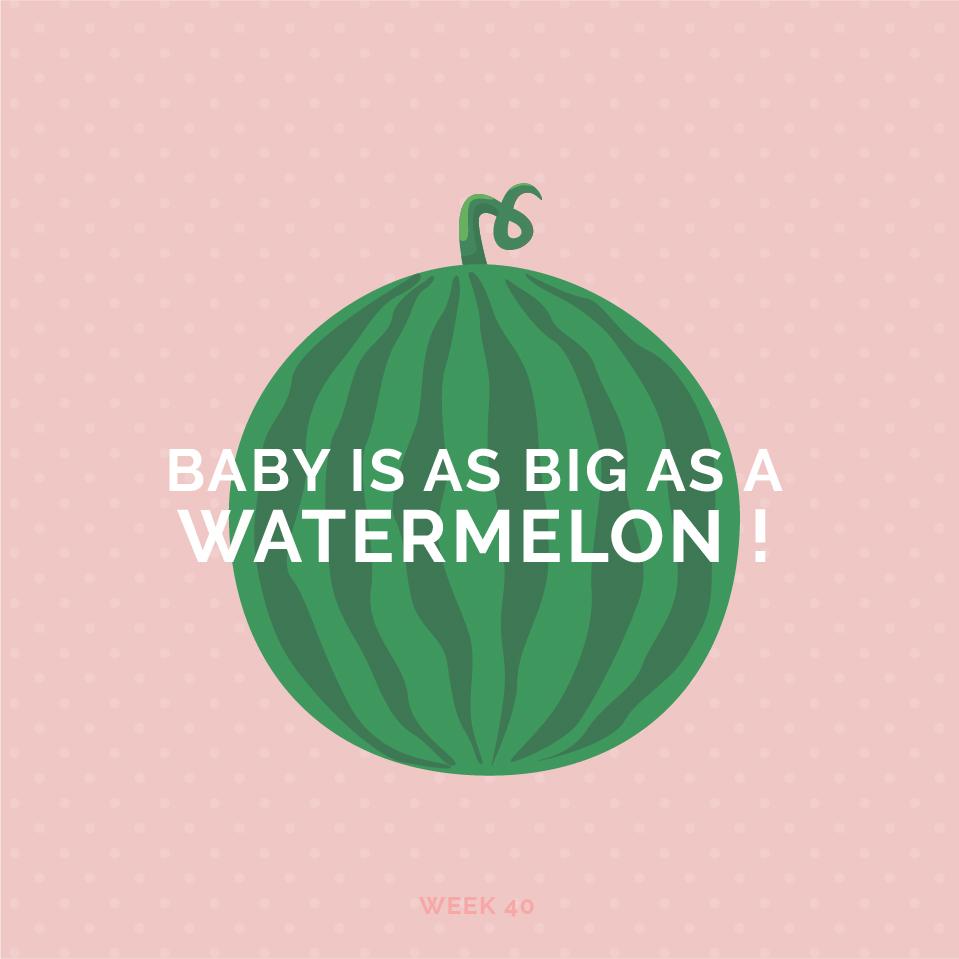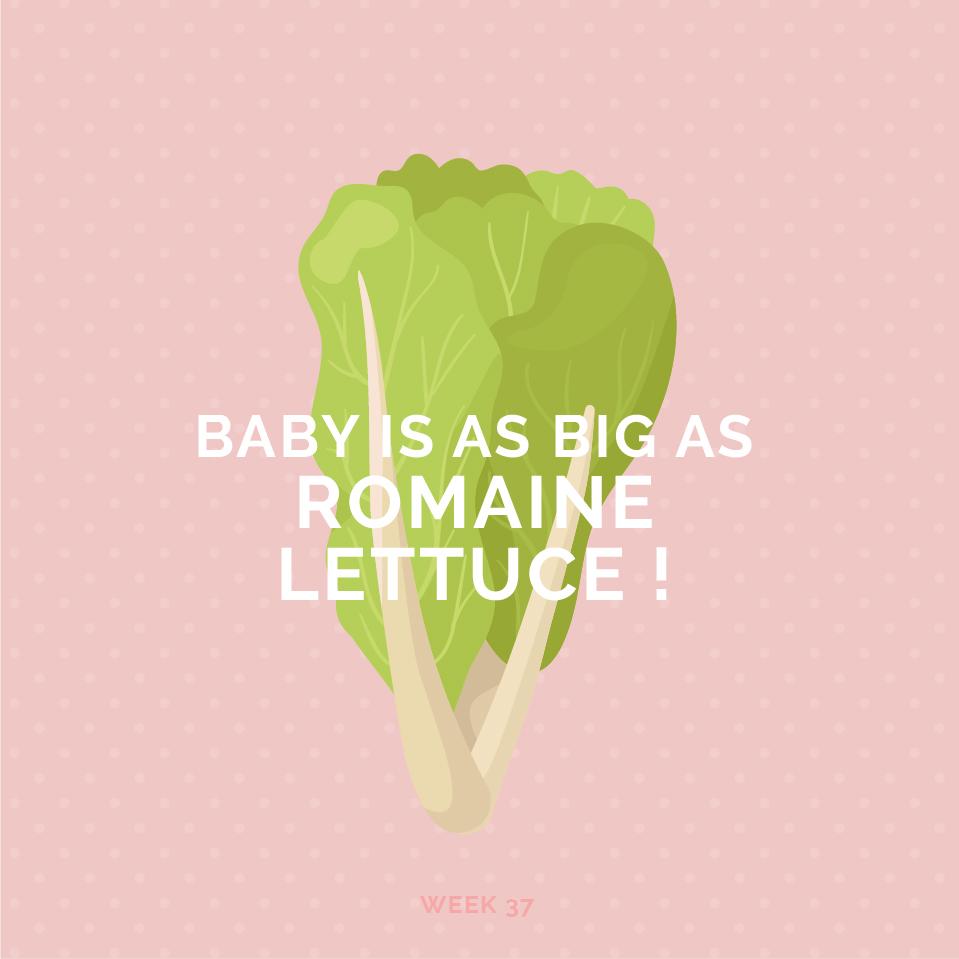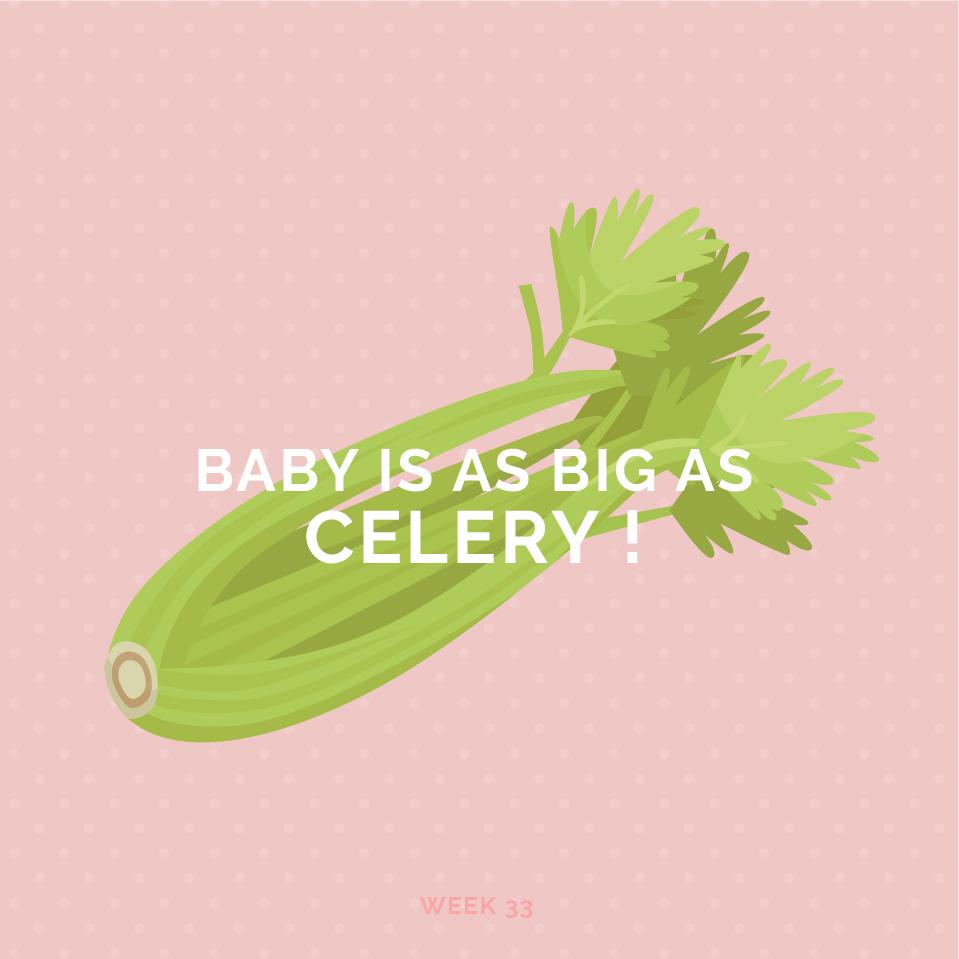Pregnancy Week 36
It's been nine months! Because you can now choose to come out at any time. For example, if you've been in a baby care class a few months ago, you'll need to read the paperwork and practice the breathing techniques learned with your father. Reviewing plans for hospital trips and potential conditions along the way, inform the supervisor and colleagues about where the work is now being taken care of by the mother. The 36-year-old is also a good time to go out and date with her father. We thought you might not be able to dance. But if you have a delicious dinner, it's a good idea. Is that true?
What is the size of a 36-week-old fetus?
In the 36th week, you're about 18.7 inches long from head to toe and weighs about 5.8 pounds.
36 weeks pregnant
When you're 36 weeks pregnant, it means you're nine months pregnant! There are only 4 weeks left before the delivery date. Don't forget that pregnancy lasts 40 weeks, which means it's more than 9 months old, according to the general public.
Symptoms of pregnancy at 36 weeks
With just four weeks left, the symptoms that mothers will experience are due to the fact that the baby is about to give birth, which may include the following details:
- Breathe better. When the ball moves down to the pelvic floor, Your mother's lungs will have more space, and you'll be able to breathe more easily.
- Feel uncomfortable on the pelvic floor. This feeling is caused by the same symptoms as the previous one! That's how you move down low and put pressure on your mother's pelvic floor. Keep an eye out for signs of childbirth, as well as regular squeezing that doesn't go away.
- Do you have a problem with sleeping, wake up at 3:00 a.m. to write a thank you note and set up a wardrobe again? We understand that I would like my mother to find a way to relax, even if she doesn't sleep.
- Burning in the middle of the chest. Your mother's growing baby is very disturbed by her digestive system. It's not as normal as before you get pregnant. Antacids can help (but need your doctor's permission). Try to prevent this as much as possible by avoiding sour, spicy, fermented or oily foods (it's not fun at all, we know, but it's better than having symptoms,' he said.
- Minor swelling is common in the 36th week, and mothers are more likely to develop symptoms if they have twins. Mothers may find that as soon as they give birth, The swelling will disappear completely, but be careful! If there is acute or severe swelling, because that is a sign of a worrying problem. Let your doctor know immediately.
- The whitening has changed. This week, mothers may have more vaginal discharge as the body is preparing for childbirth, but be sure to watch if there is clear water coming out (that may be amniotic fluid. Bleeding (signs of premature birth) and mucous fluids or bleeding, which may be mucus in the cervix. The fact that those mucuss are excreted is a sign that the mother is very close to giving birth, but how close it is. This one we can't tell!
- Sore warning or a pseudo-pain The mother may still feel that the stomach has a stiffness at this stage, and it may be more severe. In fact, some mothers come to the hospital because they think they're close to giving birth, but then they have to go home this week. If there is abdominal pain in the same way as menstrual cramps at least. And if your mother has a very serious pain, please call the doctor immediately.
This week, signs indicate that mothers are approaching childbirth, which can be difficult to separate from their discomfort during normal pregnancy. So your mother might want to let your doctor know if something's wrong. And yes, even if you go to the hospital, but not yet delivered, it's not damaged either. The worst thing is that you just go home for a break.
Your mother's pregnancy is 36 weeks pregnant.
In the 36th week, your mother's stomach may not have changed much from last week, overall, she is now about 25 to 35 pounds, which is the recommended weight for women with a normal body mass index, which can make it more difficult for mothers to move (or may have to walk). Your mother's weight may not rise much later, possibly about half a pound a week until the baby is born.
IF YOU CAN CARRY TWINS, AT 36 WEEKS, THE MOTHER MAY WEIGH UP TO 35 TO 45 POUNDS, SAYING THAT HER TIGHT STOMACH IS STILL FAR FROM REALITY. WHILE MOST MOTHERS WITH TWINS GIVE BIRTH AT THE 36TH WEEK, THERE IS A CHANCE THAT THE MOTHER WILL HAVE TO WAIT TWO OR THREE WEEKS. THE CHANCES OF YOU GOING TO BE IN THE NICU AFTER BIRTH ARE MUCH LESS LIKELY. SO EVEN IF THE MOTHER FEELS VERY UNCOMFORTABLE, BE PATIENT AND RECITE THAT THE LONGER IT GETS TO YOU!
Ultrasound at 36 weeks of pregnancy
In the 36th week, my liver and kidneys were well coordinated. Circulation and the immune system are ready as well. Now you can almost breathe on your own. The 36-week-old embryo also has a smoother and softer skin. The gums are getting harder.
In the 36th week of pregnancy, the doctor may check the location of the child. Now you should put your head down, but if you don't put your head down, don't be surprised if you're still in that position during the week because there's still a chance you'll be able to turn your head upside down naturally.
The doctor might want to help you change the posture of a baby that is not upside down. Rotation is an attempt to rotate the baby by pushing her hand through her mother's abdomen. Sounds scary,' doesn't it? Before that, mothers were given medications that helped loosen the uterus muscles, so that doctors could see where they were in the position and where the placenta was. During the process, an ultrasound is performed to let the doctor know where to move, and the heart rate of the child will be monitored first. To make sure everything is as normal as possible. Let's make everything go smoothly.
Mothers will be tested for GBS this week, testing whether they have a bacterium called Group B Streptococcus in their body. If so, the mother may not be aware of it and can cause problems such as urinary tract bacterial infections. For you. This bacteria can cause more worrying problems and can affect life. About 10- to 30% of mothers have positive results. The remedy is very simple: the mother is given antibiotics during childbirth to reduce the likelihood of transmission to the child.
However, if the mother is pregnant with twins or has a high risk condition such as high blood pressure, kidney disease or heart disease, the mother may need an ultrasound biophysical profile in combination with a non-stress test so that the doctor can assess how the baby is. You can also prepare if you need to be premature.
Checklist for 36 weeks of pregnancy
What to do this week:
- 37th Week Of Pregnancy Deposit
- Take care of maternity leave.
- If you haven't chosen your child doctor, it's time to make a choice.

